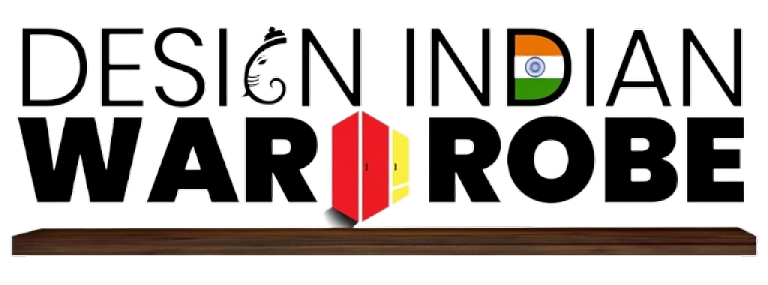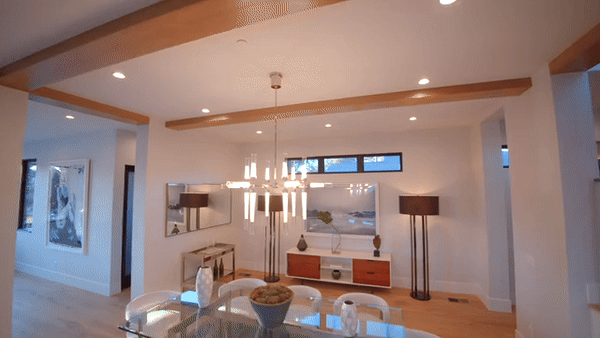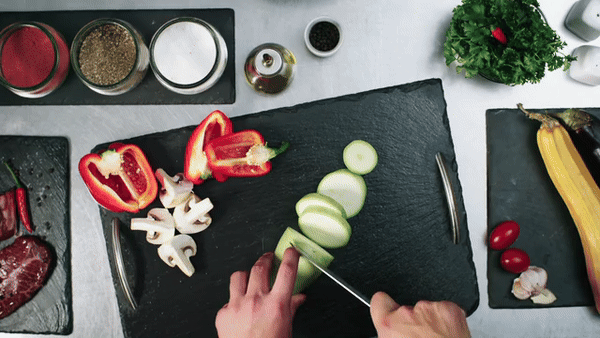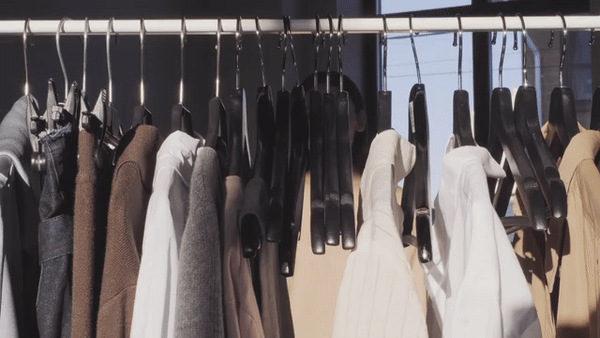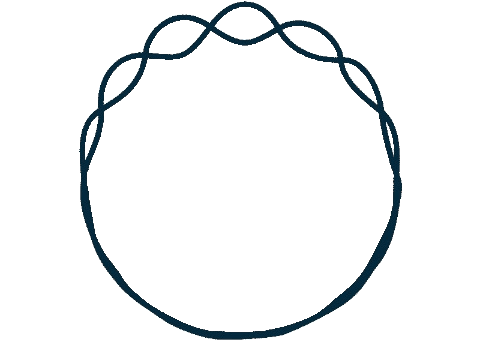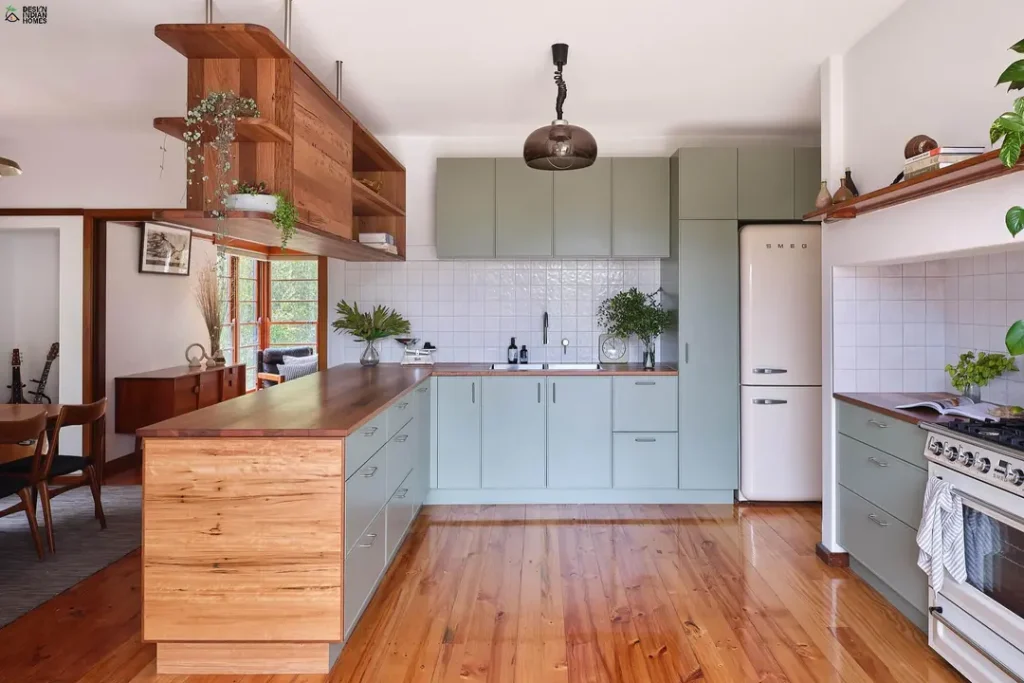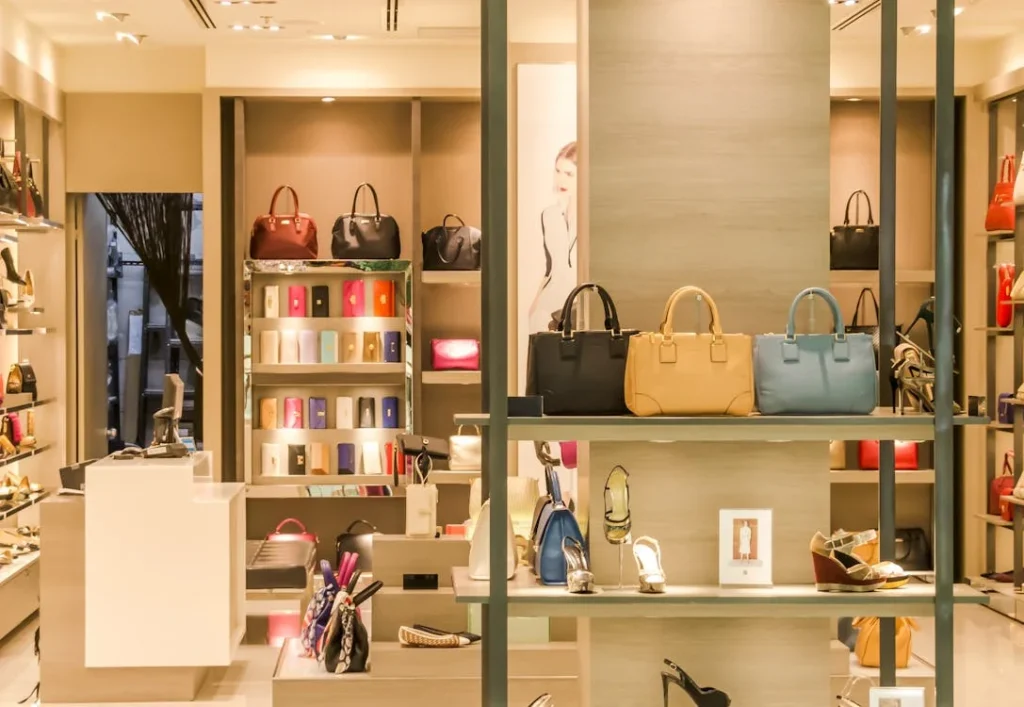
Smart Wardrobe Design: Your Step-by-Step Guide to Crafting the Ideal Closet
Smart Wardrobe Design: The wardrobe is the testimony of individuality and utility in personal style. It’s all about making up that perfect wardrobe, not just outfitting oneself with many clothing items but collecting several items that align with one’s unique style, lifestyle, and optimum utility. This complete guide to wardrobe optimization offers excellent tips and practical knowledge about creating a wardrobe that perfectly suits your needs and preferences.
Understanding Your Style: Smart Wardrobe Design
So, before going through all the trouble of optimizing your wardrobe, you must understand your style quite deeply. Reflect on what kinds of aesthetic, lifestyle, or ideal image you want to represent through your clothing. Are you mainly drawn to classic, timeless pieces or testing the trendy waters?
Do you have a casual or very formal life? Pinpointing these factors will help you form the foundation for a wardrobe that will tend to the actual you.
Assessing Your Current Wardrobe: Smart Wardrobe Design
The first step in optimizing your wardrobe is to take stock of what you already have. Dedicate some time to go through your wardrobe, sorting things into categories such as tops, bottoms, outerwear, and accessories. While going through the wardrobe, it is advisable to ask the following:
1. Is this item still in alignment with my personal style and aesthetic preferences?
2. Does it look fine or show signs of wear and tear?
3. Whether I wore this in the past twelve months or it’s just taking up cupboard space.
4. Is it in the proper cut to fit me well, aesthetics-wise, for my figure?
5. Can I see myself wearing it on several occasions and outfits?
Critical appraisal of each piece in your wardrobe creates a differentiation between the items that are no longer useful and gives a clear decision of what to keep, give, or throw away.
Building a Versatile Foundation: Smart Wardrobe De
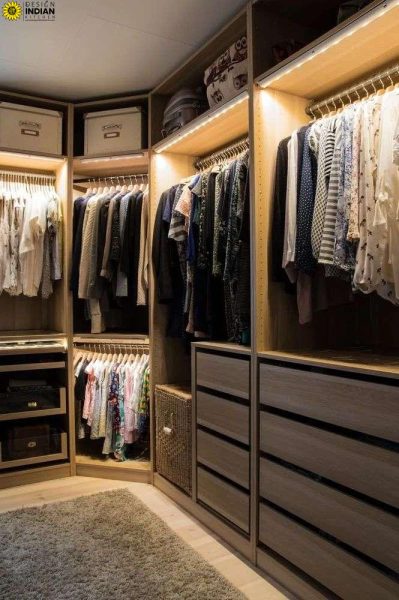
Building a Versatile Foundation: Smart Wardrobe Design
Once you’ve cleared your wardrobe, this is the time to concentrate on building a versatile base with some essential items. These are the spine of your style, and all of these should make oneself timeless, well-made, and easily mix-and-matchable to create a gazillion outfits. Major basics will include:
1. Crisp white button-down shirt
2. Tailored blazer or jacket
3. Classic denim jeans
4. Little black dress (for women) or tailored suit (for men)
5. Quality leather shoes (such as loafers or ankle boots)
6. Neutral-colored knitwear (like sweaters or cardigans)
7. Structured handbag or briefcase
These high-quality basics ensure longevity and build an endless variety of looks, all of which could be adapted to specific occasions.
Embracing Versatility and Multi-functionality: Smart Wardrobe Design
Wardrobe optimization is considering conscious consumption, which is paramount to versatility and multi-functionality. Items that can transition easily from day to night, work to edges, and casual to formal settings are your best bet. For example, a blazer can take a classic jeans and T-shirt combo into polished daytime land, whereas it can dress up a simple outfit when layered over a dress for an evening look. A shirtdress can do the same; all it needs is a sexy shoe and bold jewelry upgrade for a dinner date or a switch to casual with an easy-going conversion of sneakers and a denim jacket.
Maximizing Storage and Organization: Smart Wardrobe Design
Storage and organization play a vital role in optimizing a wardrobe. Install closet systems and storage solutions that enhance space and ease access to clothing items. Storage bins, garment bags, and drawer dividers can help organize smaller items like accessories and underwear. Adopting an organizational system for your clothing by color, season, or frequency of wear is a way to simplify your dressing process and maximize your utilization of the wardrobe.
Curating Seasonal Capsules: Smart Wardrobe Design
Also think about creating a seasonal capsule wardrobe consisting of attend-to-day specific pieces that are appropriate for your weather and typical period activities. Then rotate the capsules in and out of your primary wardrobe with each season as it unfolds- letting you narrow your focus to the relevant smaller collection of clothes according to up-to-date needs and wants. Prevents closet exhaustion and instead promotes thoughtful consumption whereby each piece gets its due services.










